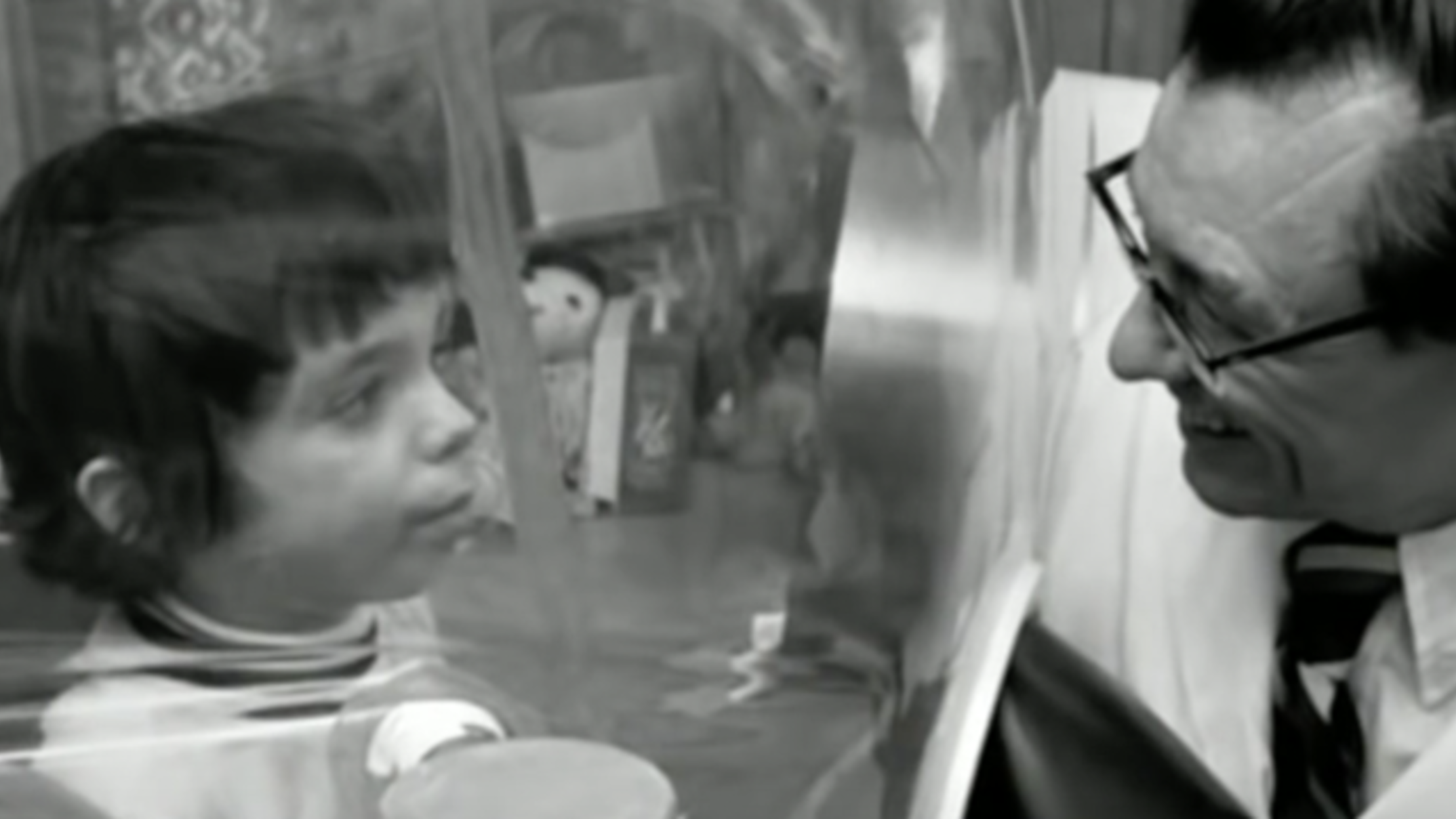

Stephen was in the Army, and over the next few years, the young couple moved to various military bases. In 2010, when she was 18 and he was 19, they married at the Little White Wedding Chapel in Las Vegas. Shayla and her husband, Stephen Sulack IV, were high school sweethearts at Tehachapi High School, about 100 miles north of Los Angeles. ” The spokesperson spoke on the condition of anonymity. In a statement to CNN, an Orchard spokesperson wrote that “after encountering technical challenges related to the commercial-grade manufacture of this particular therapy, we made the very difficult decision to limit additional investment in. Then, after Orchard decided not to pursue the therapy, “a bunch of us SCID moms were like, ‘Excuse me?’ ” “We were always, ‘it’s going to happen, it’s going to happen,’ ” she added. “A lot of us were upset and angry,” said Seersha’s mother, Shayla Sulack, noting that OTL-101 was developed with millions of dollars in state and federal government aid. Orchard launched in 2016 with OTL-101 as its “lead candidate,” but four years later, the company announced it would “reduce investment” in the therapy and prioritize treatments for more common conditions. The gene therapy Seersha’s been waiting for was once called OTL-101, for Orchard Therapeutics Limited. “We really want to try to see what we can do to move things forward.” Peter Marks, head of the US Food and Drug Administration’s Center for Biologics Evaluation and Research, said at a biotech conference in California in October. “It has not escaped our attention at FDA that there have been some clouds on the horizon in gene therapy,” Dr. Gene therapies hold great hope for all sorts of diseases, but they’re very expensive to develop, and pharmaceutical companies can’t be sure that they’ll make a profit because health insurance companies haven’t always agreed to pay the multi-million dollar price tags. The treatment is a type of gene therapy: Doctors will give Seersha a normal copy of the defective gene that disabled Seersha’s immune system. Seersha Sulack's parents learned their daughter had it when she was five days old. In the US, about eight babies a year are born with ADA-SCID.

Donald Kohn, a UCLA scientist who has been working on the treatment for nearly 40 years. Currently, 26 children in the US and Canada are on the waiting list to get the therapy, according to Dr. The treatment is for a particular type of severe combined immunodeficiency called ADA-SCID that’s extremely rare – in the US, eight babies a year are born with it. She’ll become only the second child in the US in the past five years to receive it the first child received it earlier this month. Seersha is expected to get the treatment next month. “You have an effective therapy like (this one) and people can’t get access to it.” Brooks, acting director of the Division of Rare Diseases Research Innovation at the National Institute of Health’s National Center for Advancing Translational Sciences.

“It’s a pretty tough situation,” said Dr.
#Bubble boy license
The treatment she’s been waiting for had stunning, near-perfect results in a clinical trial, but it’s been sitting on the shelf for years in the US because the pharmaceutical company that once owned the license abandoned it when it decided not to not to pursue approval from the US Food and Drug Administration. Prior to reimplantation, the infants were given low-dose chemotherapy to “make space in the bone marrow for the gene-corrected cells,” Mamcarz said.Later this spring, a little girl in California who essentially has no immune system will receive a lifesaving treatment for “bubble boy disease” thanks to the persistence of a dogged group of parents, a pediatrician, a veteran newsman and a few episodes of “Grey’s Anatomy.”įive-year-old Seersha Sulack has the same rare disease portrayed in the 1976 John Travolta movie, “ The Boy in the Plastic Bubble.” A germ – even a common cold – could kill her, and so she stays away from anyone outside her immediate family. Then, with the help of an inactivated lentivirus, they inserted a healthy copy of the mutated gene into the stem cells and reimplanted them into the infants.
#Bubble boy trial
The trial involved harvesting blood stem cells from the bone marrow of eight infants newly diagnosed with SCID-X1. Steven Gottschalk, a co-author of the study from the same department at St. Jude turned to gene therapy - an experimental technique whereby a reengineered virus is used as a vehicle “to introduce a normal copy of the mutated gene into patients’ blood stem cells,” said Dr. With this in mind, the researchers at St. This process is less likely to cure SCID, and more likely to lead to serious treatment-related side effects.” “They must rely on stem cells from other donors. “ more than 80% of patients lack such donors,” she said. (MORE: Man Saved From Blindness By Gene Therapy)


 0 kommentar(er)
0 kommentar(er)
